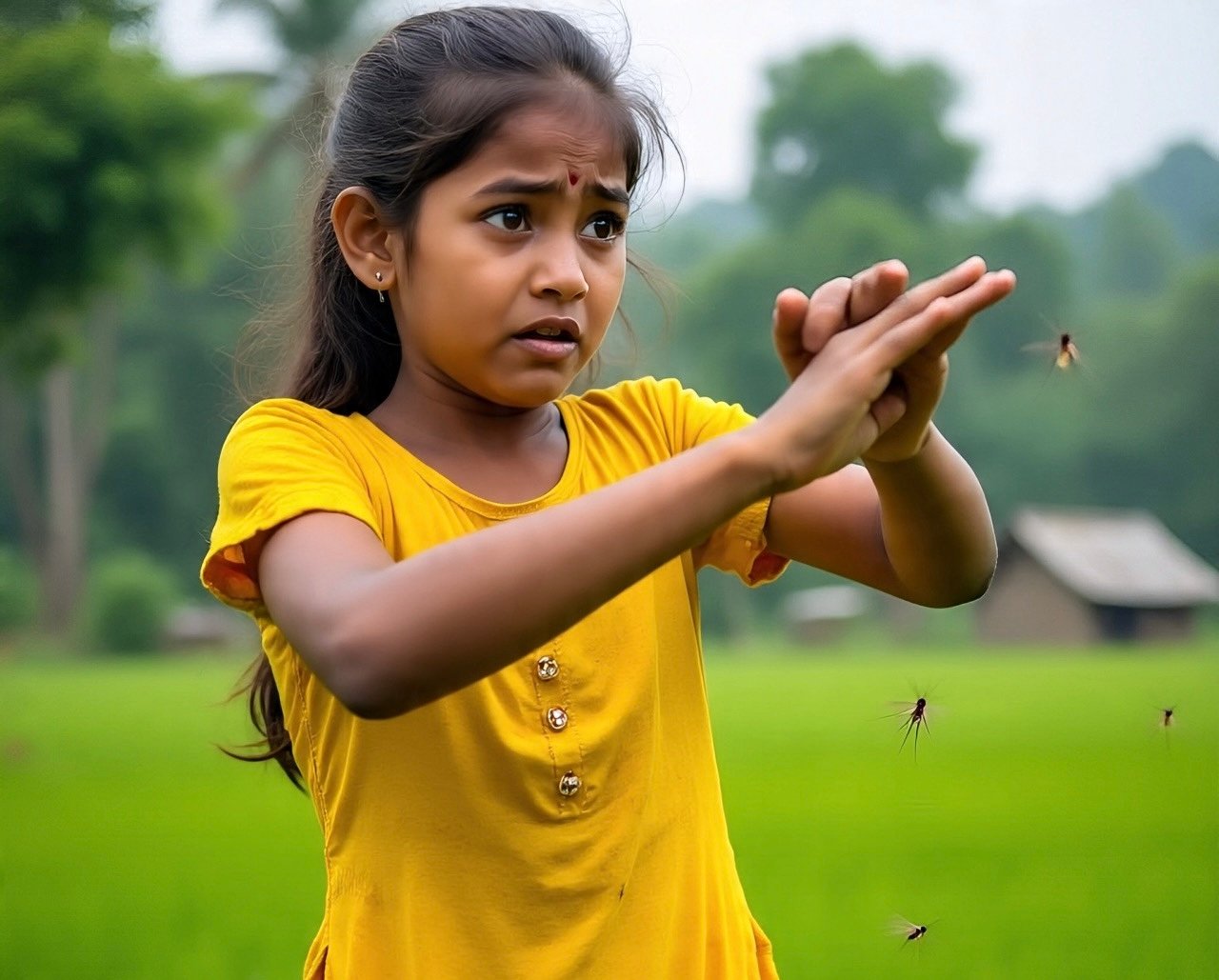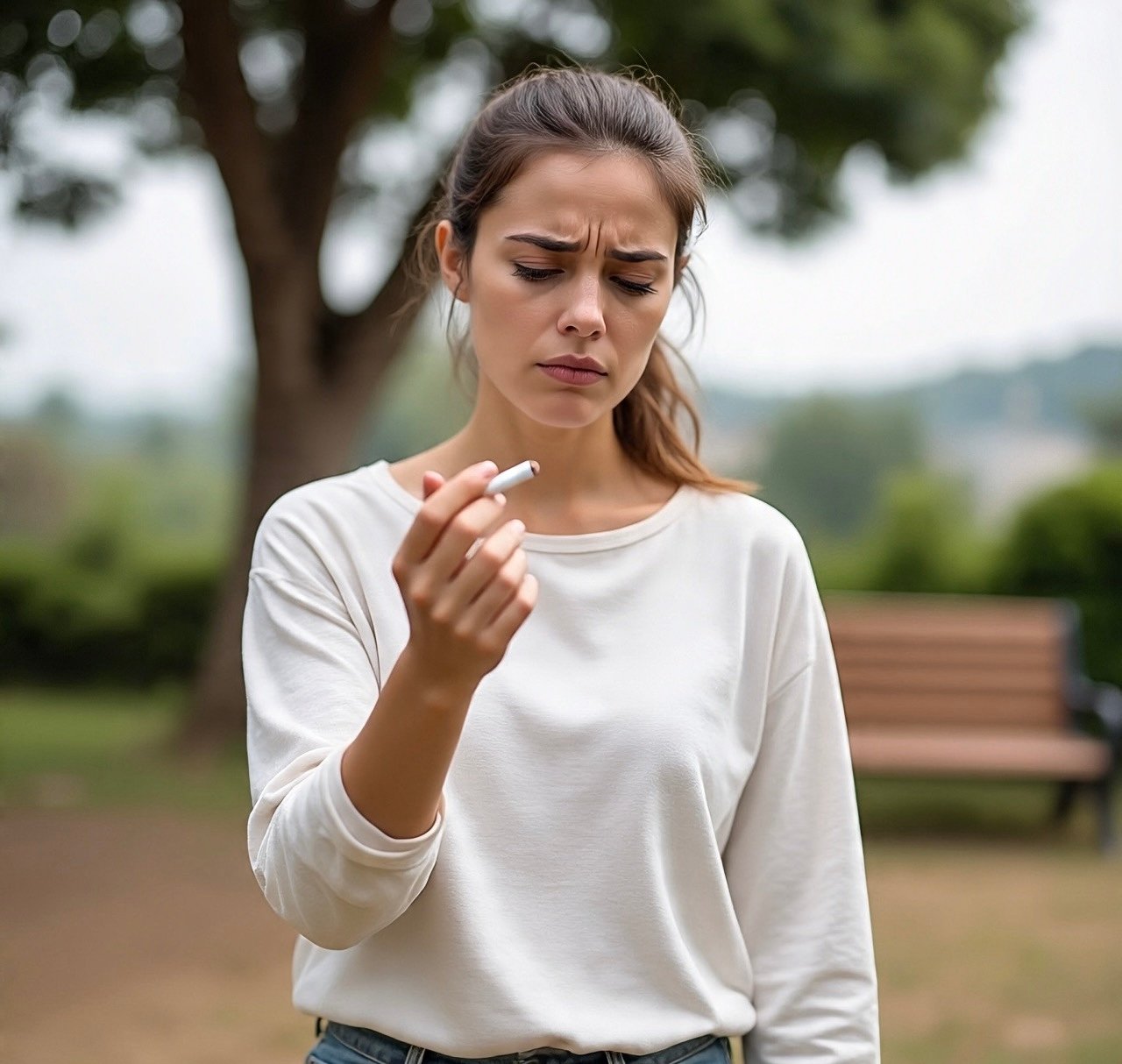The World Health Organization warns chikungunya virus is spreading globally, echoing a 2004 epidemic. Urgent action is needed to prevent a worldwide outbreak.
🦟 WHO Warns of Chikungunya Outbreak Threat in 2025: What You Need to Know
A fresh warning from the World Health Organization (WHO) highlights a fast-spreading threat: the chikungunya virus, a mosquito-borne illness capable of infecting millions. This 2025 chikungunya outbreak is already mirroring the global epidemic seen in 2004–2005 — and health officials say the time to act is now.
❓ What is Chikungunya?
Q: What is the chikungunya virus?
Chikungunya is a mosquito-borne virus that causes:
- Sudden high fever
- Intense joint and muscle pain
- Headache and fatigue
- Rash in some cases
While rarely fatal, it can lead to weeks or even months of debilitating joint pain, often mistaken for dengue or Zika due to similar symptoms.
Q: How is chikungunya spread?
Chikungunya is primarily spread by two types of mosquitoes:
- Aedes aegypti
- Aedes albopictus (tiger mosquito)
These mosquitoes bite during daylight hours, especially in the early morning and late afternoon, and thrive in warm, humid environments with stagnant water.
🌍 Where Is Chikungunya Spreading in 2025?
Q: What regions are currently affected?
As of mid-2025, major outbreaks have been reported in:
- Reunion (1 in 3 residents infected)
- Mayotte
- Mauritius
- Madagascar, Somalia, Kenya
Q: Is the virus spreading globally?
Yes. Imported cases have reached Europe, and local transmission has been confirmed in France, raising alarms that chikungunya may be going global once again.
🔁 Why Does This Resemble the 2004 Epidemic?
Q: What happened in 2004?
The 2004–2005 outbreak began similarly in small island nations before exploding into a major global epidemic, infecting over 500,000 people worldwide.
Q: How is the 2025 outbreak following the same pattern?
According to WHO’s Diana Rojas Alvarez, the geographic pattern, rate of spread, and mosquito behavior today are almost identical to those seen in 2004 — making early intervention crucial.
⚠️ Why Is This a Growing Global Health Threat?
Q: Why is chikungunya spreading faster now?
Several factors are driving rapid transmission:
- Lack of population immunity in newly affected areas
- Climate change expanding mosquito habitats northward
- Urbanization and poor water storage increasing breeding grounds
Q: How serious is the risk?
- Up to 75% of a community can get infected during an outbreak
- Even with <1% fatality, millions of cases can still lead to thousands of preventable deaths
- Chikungunya severely strains already overburdened healthcare systems
🐜 What Role Do Tiger Mosquitoes Play?
Q: What is a tiger mosquito?
The Aedes albopictus, or tiger mosquito, is a resilient, aggressive day-biter known for:
- Spreading chikungunya, dengue, and Zika
- Adapting to urban environments
- Breeding in household water containers, gutters, flowerpots, and tires
Q: Is their range expanding?
Yes. Warming temperatures and global trade have pushed these mosquitoes into temperate zones, including parts of Europe and North America.
🛑 What Is WHO Doing to Prevent Another Global Epidemic?
Q: What has WHO recommended?
The WHO is calling for urgent action through:
- Increased disease surveillance in high-risk areas
- Stronger health system preparedness
- Community-level mosquito control
- Public education on mosquito bite prevention and breeding site elimination
🗣️ “We are raising the alarm early so countries can prepare before large-scale transmission occurs,” — Diana Rojas Alvarez, WHO
🏡 What Can Individuals Do to Protect Themselves?
Q: How can you stay safe from chikungunya?
- Use mosquito repellents (with DEET, picaridin, or lemon eucalyptus)
- Wear long-sleeved clothing, especially in the early morning and late afternoon
- Cover and clean water containers weekly
- Use mosquito nets and window screens
- Avoid outdoor activities during peak mosquito hours when possible
Q: What are the symptoms to watch for?
- Sudden fever
- Severe joint pain
- Headache
- Rash
If symptoms appear after travel or exposure, seek medical attention promptly.
🧠 FAQs on the Chikungunya Outbreak 2025
Q: Is there a vaccine for chikungunya?
As of 2025, no widely available vaccine exists, though candidates are in clinical trials.
Q: Can chikungunya become chronic?
Yes. Some patients experience chronic joint pain and fatigue for months after infection.
Q: Is chikungunya fatal?
It is rarely fatal, but severe complications and deaths can occur, especially in older adults or those with preexisting health issues.
Q: Which countries are most at risk now?
Tropical and subtropical regions in Africa, Asia, the Indian Ocean, and now parts of Europe and Latin America are at high risk.
Q: What makes this outbreak more dangerous now than in 2004?
- Faster urban growth
- Warmer global temperatures
- Larger susceptible populations
- Weaker health systems in many areas
✅ Conclusion: The Time to Act Is Now
With 5.6 billion people at risk and 119 countries reporting chikungunya transmission, the WHO’s alert is a wake-up call. The virus’s explosive spread, the expansion of tiger mosquitoes, and lack of immunity create a perfect storm for a global outbreak.
🛡️ Proactive prevention today could protect millions from illness, disability, and even death in the years ahead.
Whether you’re a policymaker or a parent, taking action now—through prevention, awareness, and community efforts—is key to containing the 2025 chikungunya outbreak before it spirals into a global crisis.




